Quantifying tungsten re-deposition spatial scales using negative triangularity plasmas with ultraviolet and visible spectroscopy
2024 Research Campaign, Plasma Material Interactions
Purpose of Experiment
This experiment aims to benchmark S/XB coefficients of neutral W emission lines (W I) in the ultraviolet (UV) range over a wider range of plasma parameters than was previously possible. This will be accomplished by combining UV and visible (VIS) spectroscopic measurements of near neutral charge states of tungsten (W I, W II, W III) with post-mortem analysis of DiMES W samples while making use of the recent ability to run negative triangularity plasmas shapes with DiMES exposures to access measurements in new plasma conditions. The main goals are described as follows:
● Using negative triangularity to increase power deposition on DiMES, for the following purposes: ● Achieve scenarios with ne > 0.5×1014 cm-3 for studies at ITER-relevant plasma conditions. ● Larger particle and heat fluxes on DiMES for increased W net erosion rates and higher SNR. ● W spectra with higher SNR will increase the probability of observing W III lines in the UV range (200-220 nm), which would yield more precise W re-deposition measurements. ● Benchmarking S/XB coefficients for neutral (W I) emission lines in the UV: W S/XB coefficients observed in the UV in previous DIII-D experiments are consistently larger than predicted by Collisional-Radiative (CR) atomic physics models. We will simultaneously measure both visible W I spectral lines (400.88 nm, 429 nm) and UV W I lines (200 to 360 nm). These more precise S/XB measurements will enable the S/XB discrepancy to be directly addressed.
